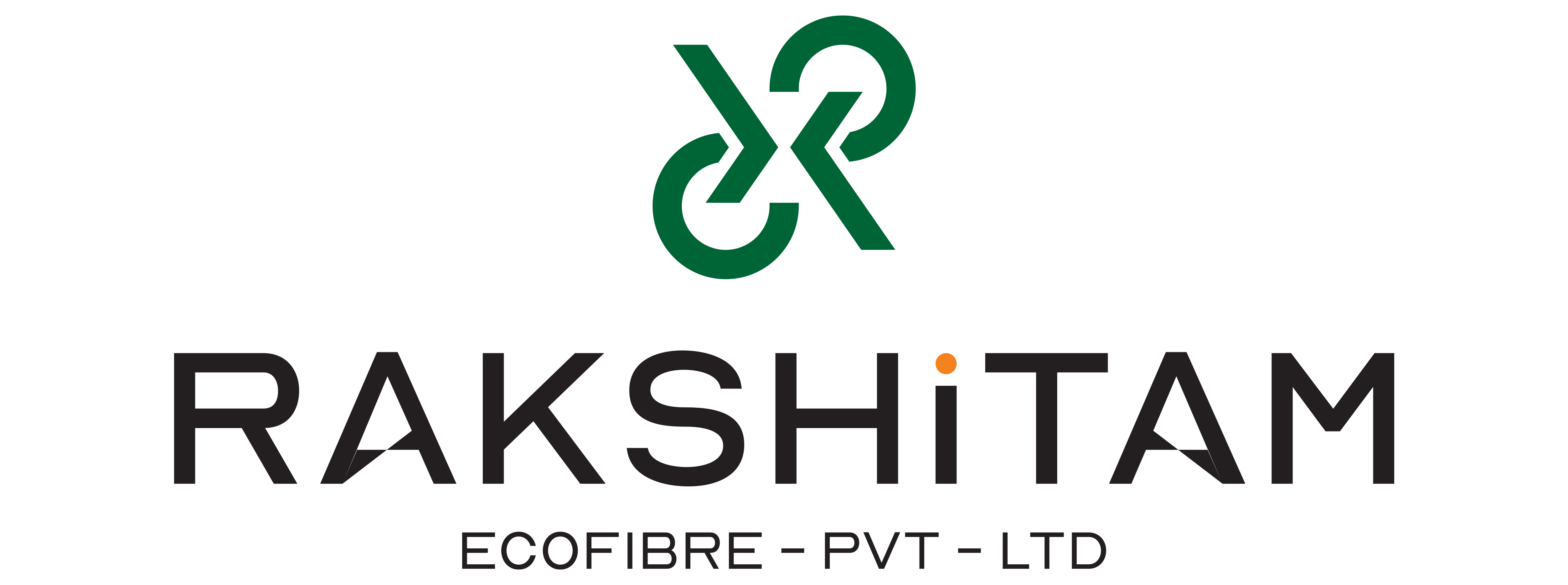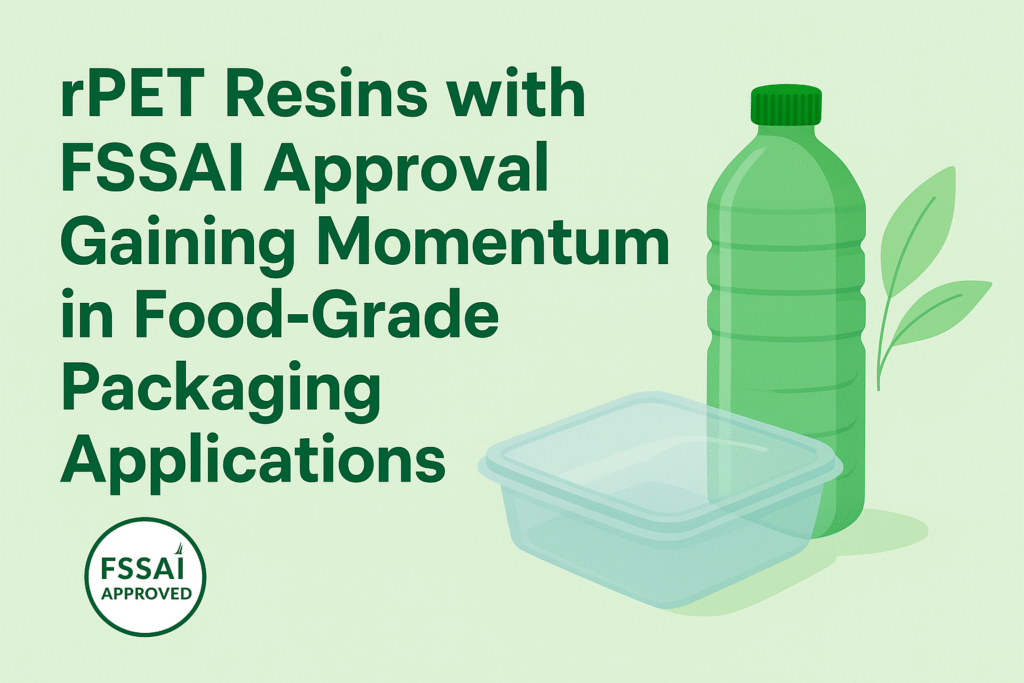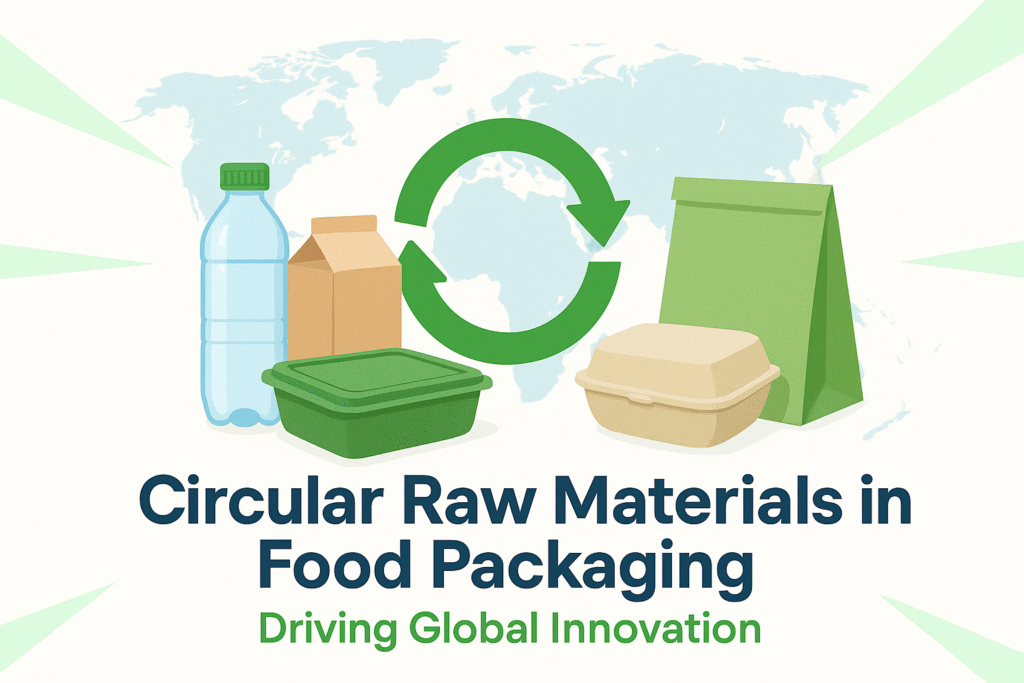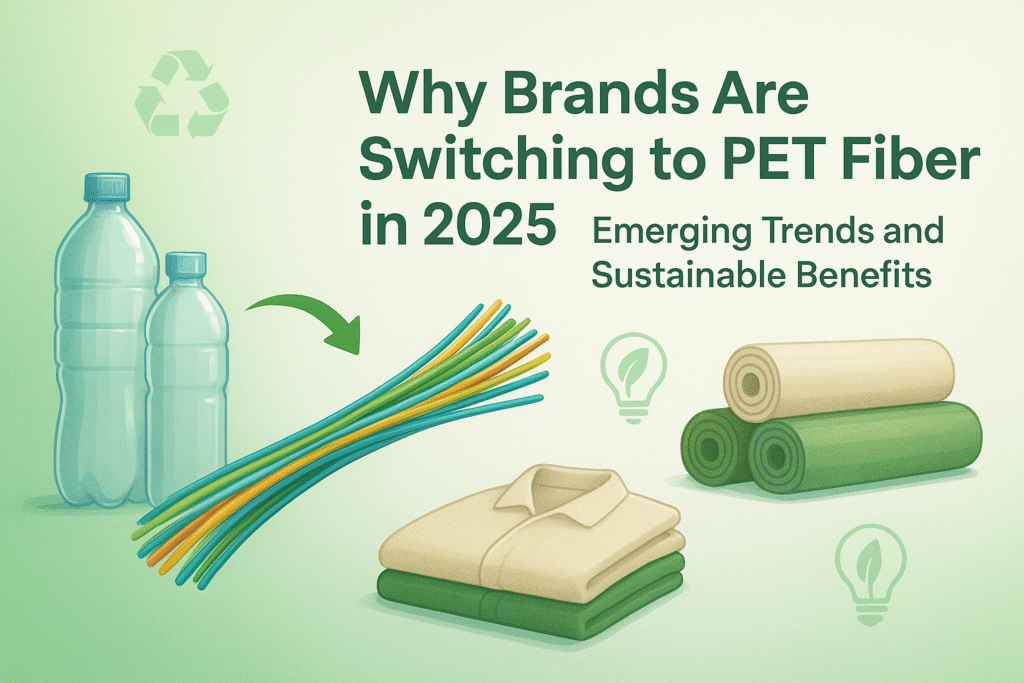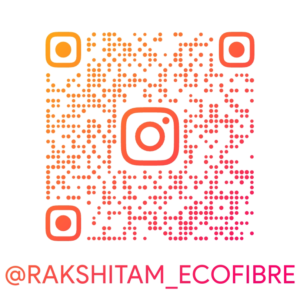Plastic waste ranks among the most pressing crises the planet faces in its current century. Each year, hundreds of millions of PET bottles and associated packaging are consigned to landfills and oceans, making high-performance recycling a pressing obligation and a compelling economic prospect. Emerging around this dual driver are facilities that routinely convert spent PET containers into high-purity rPET pellets. Those pellets are precisely engineered for a variety of downstream markets, from performance textiles to food-safe packaging. By transforming post-consumer plastic into high-quality rPET chips, the industry leaps past traditional waste management into an economically vibrant, closed-loop circular economy.
What Are rPET Chips?
rPET chips are the compact, consistent pellets made from diverted PET bottles and films. They start life being collected, sorted, and purified, then ground into uniform flakes. Under heat, these flakes are melted, filtered, and extruded into smooth, uniform chips. This final product serves as feedstock for making new polyester fibers, rigid containers, thermoformed sheets, and even food-safe packaging.
Three Grades of rPET Chips
- Textiles – These chips are engineered for spinning into high-quality polyester fibers, resilient yarns, and performance fabrics.
- Bottle – Bottles and food packaging are made from chips certified for purity, assuring safety for new direct-food-contact applications.
- Film – Designed for thin sheets and flexible packaging, these chips deliver clarity and seal strength in safety-critical films.
Four-Step Transformation
- Collection and Sorting – Waste PET bottles are gathered from household, industries, and recycling sources.
- Flake Preparation – Bottles are washed away from impurities and then shredded into flakes.
- Chip Production – Flakes are heated, filtered, and extruded into rPET chips of uniform size.
- Quality Control – Chips are checked for IV value, color, and safety conformity to international recycling standards.
By following this journey, rPET chips demonstrate a scalable method for closing the plastic loop and keeping resources in active circulation while safeguarding waterways and habitats.
Applications of rPET Chips
Growing interest in rPET chips stems from their wide-ranging adaptability:
- Textiles & Fashion – Processed into recycled polyester staple fiber, helping to shape performance gear and eco-friendly textiles.
- Packaging – Bottle-grade chips re-enter the beverage and food sectors as new bottles, trays, and thermoformed containers.
- Automotive & Industrial – Driven into molded seat covers, noise-reducing carpets, and warm insulation composites for panels.
- Consumer Goods – Shaped into durable household items, translucent barrier films, and light-gauge sheets for light packaging and protection.
Why rPET Chips are the Future
- Environmental Impact – Closing the PET loop lowers the demand for fossil feedstock, conserves resources, and reduces greenhouse gas emissions throughout the lifecycle.
- Economic Benefits – Accelerating ambition in the circular economy is propelling recyclers, granulators, and international trade of rPET resins.
- Compliance & Sustainability – Regulatory commitments to Minimum Recycled Content and Corporate Extended Producer Responsibility are bolstering rPET harmonization and growth.
- Consumer Demand – Conscious consumers are signaling preferences for recycled performance, encouraging brands to broaden their rPET certifications and offerings.
India’s Increasing Role in rPET Manufacturing
India is increasingly becoming a major contributor to the world rPET market. As PET consumption grows and strong recycling capabilities exist, the Indian industry is providing high-quality textile-grade and bottle-grade rPET chips to domestic and international industries. Rajkot, Surat, and Ahmedabad are leading cities in rPET-based textile and fiber production.
Also Read: How Recycled Polyester Fiber is Driving India’s Textile Industry Growth
Conclusion
The path from plastic waste to rPET chips is recycling in more than one sense – it’s a problem-solving opportunity. When waste is turned into viable raw materials, businesses are walking into a greener tomorrow while reaching into viable markets. With increasing demand in textiles, packaging, and consumer products, rPET chips are revolutionizing the way companies and communities think of plastic waste.
Key Takeaway: rPET chips are not simply waste management—they are about creating a circular economy, minimizing environmental footprints, and securing long-term opportunities.
